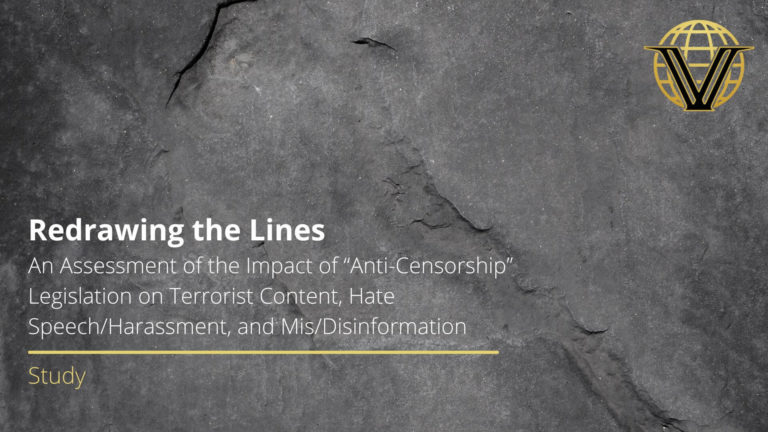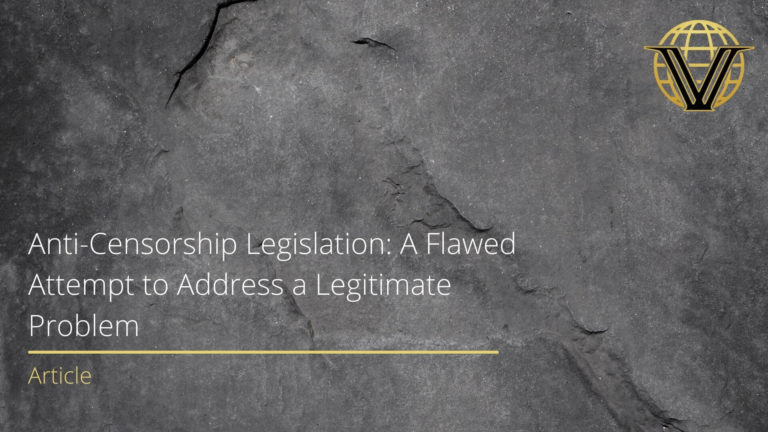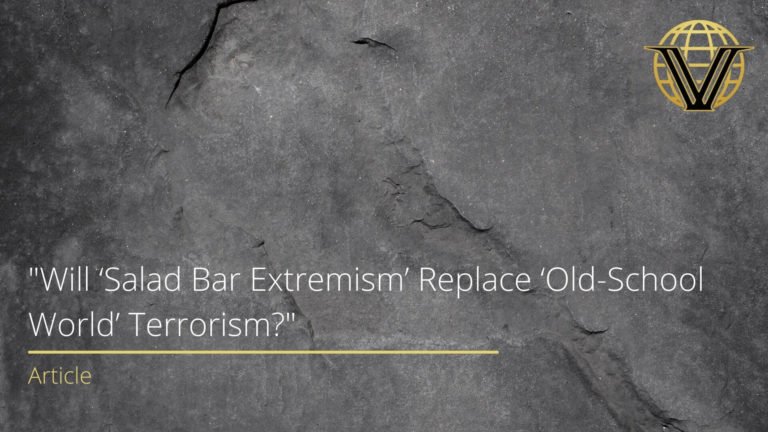On June 21, 2022[i], the Uyghur Forced Labor Prevention Act (UFLPA) took effect in the United States. The Act was enacted in response to the 2014 investigations concerning the Uyghur population of Xinjiang, China, that determined the People’s Republic of China (PRC) committed numerous human rights violations that are still occurring today.[ii] The UFLPA now requires U.S. imports produced “wholly or in part in the Xinjiang Uyghur Autonomous Region” to have “clear and convincing evidence” to be free of forced labor.[iii] In addition to the enactment, monitoring resources have been implemented, and most American consumers are familiar with UFLPA, having little to no impact on purchasing behavior.
On the other hand, Chinese officials have countered U.S. allegations of forced labor in Xinjiang with accusations of lies and undercutting the international supply chain. Wang Wenbin, the Chinese Foreign Ministry spokesperson, stated that Xinjiang forced labor allegations are “a big lie made by anti-China forces.”[vii] Hua Chunying, Assistant Minister of Foreign Affairs, posted that the UFLPA “essentially deprives millions… of their right to work”. [viii] U.S. Secretary of State, Anthony Blinken, responded by stating, “we are rallying our allies and partners to make global supply chains free from the use of forced labor, to speak out against atrocities in Xinjiang, and to join us in calling on the government of the PRC to immediately end atrocities and human rights abuses, including forced labor.” [ix] | [x]
In this Overwatch brief, Echo Analytics Group and Valens Global analysts focused on challenges U.S consumers face when trying to understand the supply chain. Our research identified that forced labor products from the Xinjiang Uyghur Autonomous Region (XUAR) continue to make their way into the hands of American consumers. This brief is based on shipments already accepted into the U.S. from export companies known to utilize cotton from the XUAR and future shipments from the same companies operating under an alias.
Unraveling the Origins of Consumer Goods
When a finished product arrives in the U.S., it is difficult to confirm or deny its origins within the Xinjiang Uyghur Autonomous Region (XUAR) with “clear and convincing evidence.” For this case, analysts looked at a shipment that landed in the port of Long Beach, CA, on June 29, 2022. The shipper’s name is Nanhai Textiles Import and Export carrying containers of women’s clothing. The COSCO Shipping Rose vessel came from the Yantian port in China. Before arriving in Long Beach, CA, we backtracked its movements using Vessel Finder and the International Maritime Organization (IMO) number to reveal stops in Hongqiao, Jiangyin, Xiamen, Yantian, and El Paso, Texas. However, Panjiva’s report dated June 29, 2022, and Bill of Lading #PSEAYTNLAX50787 were no longer available on the site. Look at the sample Bill of Lading and note the Shipper, Consignee, and Marks Description.
According to the UFPLA, we must show that Nanhai Textiles did not use cotton produced by forced labor in Xinjiang to show “clear and convincing evidence” for the items in container OOLU8868244.
After performing a series of searches in the Securities and Exchange Commission (SEC) and finding no record of Nanhai Textiles, analysts pivoted their search to find aliases for the company through Google Dorks, social media, Panjiva, Office of Foreign Asset Collection (OFAC), Market Watch, and human rights watchdogs (Politico, Voice of America, Human Rights Watch, Helena Kennedy Center, etc.). The following are all alias listings for Nanhai Textiles:
- Nanhai Textile Import & Export Co LTD of Guangdong (link)
- Foshan City Nanhai Deyao Textile Industrial Co., Ltd. (link)
- Foshan Nanhai Weilong Textile Co., Ltd. (Facebook) (link)
- FOSHAN NANHAI HONGXINGHONG TEXTILE CO., LTD. (link)
- FoShan NanHai HuaChun Fashion Co., Ltd. “Supplier to PVH Corp”
- Foshan Chicley Textiles Co. Ltd. (link)
None of the above listings have direct ties to or show up on the Department of Homeland Security’s UFPLA list, a list of entities known to utilize forced labor. As a result, this shipment passed muster without issue and, luckily, just days after the UFPLA went into effect.
However, as listed above, Foshan NanHai HuaChun Fashion Co., Ltd. is a direct supplier to PVH Corporation (Corp.). PVH Corp manages significant apparel brands and denotes receiving products produced by Esquel Enterprises, also known as Changji Esquel Textile Co. Ltd (currently on the UFPLA entity list). Additionally, PVH Corp.’s current senior leadership formerly oversaw importing operations for Urban Outfitters, the same receivers of our case study shipment from Nanhai Textiles and retailers of PVH products.
These correlations do not necessarily connect our entities directly to materials sourced from the XUAR. Instead, our example shows the complex supply chain and how far removed the consumer is from the cultivation of raw materials to the finished product. How can a supplier provide “clear and convincing evidence” that their products meet the requirements in the UFPLA?
The difficulty in proving where raw materials came from is “at the ginning stage [when fibers are separated from their seeds], cotton from disparate locations is mixed together, making it impossible to trace the provenance,” according to Liv Simpliciano of Fashion Revolution in an interview for The Guardian. She quotes leaders in supply chain technology as saying the only way to prove the absence of Xinjiang cotton is a “complete digital chain of custody.”
According to an article published in the Taipei Times, Tech companies such as TrusTrace, Supply Shift, and TextileGenesis, plan to use “blockchain and artificial intelligence to trace supply chains for fashion labels.” These companies aim to provide transparency to the industry by providing traceability throughout the supply chain. However, as stated by TrusTrace, “Only the brand is informed,” meaning that TrusTrace is “not alerted when Xinjiang cotton is found in a brand’s supply chain.” This places the ownness back on the importer to report when they receive alerts, leaving the system vulnerable to market manipulation.
To the Informed Supplier
For an additional case study, we referenced “Laundering Cotton: How Xinjiang Cotton is Obscured in International Supply Chains.” Laura T. Murphy and her team covered the Texhong Textile Group, currently under scrutiny for sourcing from the Xinjiang Tianmian Foundation Textile Co. (not on the UFPLA entity list).
The case study shows direct correlations between the Xinjiang Source, Intermediary Manufacturer Supply Chain, and specific shipments.
According to Laundering Cotton, Texhong’s subsidiary Winnitex supplies manufacturer Andalan Mandiri Busana (AMB). On a shipping report from Panjiva, J.Crew received a large shipment of men’s pants labeled AR886-3 from AMB on 03/31/2021. The same product number was recorded on J.Crew’s website as available for purchase.[xi]
The Laundering Cotton report illuminates several other case studies from major American and international apparel retailers. They also caveat at the end of the report by stating that each entity named throughout the study has had the opportunity to reply. Their responses are recorded here in Annex D of the report.
Our Assessment
We assess that U.S. Importer inventories of XUAR-sourced products will continue to make their way into the hands of unwitting consumers. However, as the UFPLA expands its list of banned entities, future shipments of ethically sourced goods promise to deny forced labor products into the supply chain. As noted with the ginning stage of cotton and the complexity of supply chains, there may never be a single solution to help legislation against forced labor reach its full potential.
Overwatch assesses that it will take a combined effort on the UFPLA to expand their banned entities along with consumer awareness that anything from these designated regions could be in support of forced labor. Launching a consumer campaign to raise awareness about where and how products and services are sourced has proven highly effective, especially within the agriculture industry. We will likely not see any significant decrease in forced labor until consumers and legislation become more aligned.
Ultimately, the ones who will have the most significant impact are the producers of these products. When they have a healthy understanding of what their consumers demand and are concerned with their brand reputation, they will work to enforce a higher standard of “clear and convincing evidence” to their market base.
OSINT Workflow for Supply Chain Due Diligence
https://panjiva.com/ (shipments)
https://www.vesselfinder.com/ (vessels)
https://home.treasury.gov/policy-issues/office-of-foreign-assets-control-sanctions-programs-and-information (Sanction Lists)
https://www.sec.gov/edgar/search/ (Business by name lookup)
UFLPA Entity List | Homeland Security (dhs.gov) (Xinjiang Banned Entity List)
(List is not exhaustive or a complete list; this is the bare minimum.)
Sources
[i] U.S. Customs and Border Protection: Uyghur Forced Labor Prevention Act
[ii] Aljazeera: China’s Uighurs claim cultural ‘genocide’; China’s Uighurs claim cultural ‘genocide’ | Opinions | Al Jazeera
[iii] Ibid. page 1
[iv] WRC Case Brief: Lacoste Linked to Factory in China that Reportedly Uses Forced Labor; https://www.workersrights.org/wp-content/uploads/2020/03/WRC-Case-Brief-Yili-Zhuo-Wan-Lacoste.pdf
[v] Congressional-Executive Commission on China: Global Supply Chains, Forced Labor, and the Xinjiang Uyghur Autonomous Region; CECC Staff Report March 2020 – Global Supply Chains, Forced Labor, and the Xinjiang Uyghur Autonomous Region.pdf
[vi] Australian Strategic Policy Institute: Uyghurs for sale; https://www.aspi.org.au/report/uyghurs-sale
[vii] Politico: U.S. importers brace for chaos as Uyghur Act looms; https://www.politico.com/newsletters/politico-china-watcher/2022/06/16/u-s-importers-brace-for-chaos-as-uyghur-act-looms-00040072
[viii] Reuters: Tracking China’s Muslim Gulag; https://www.reuters.com/investigates/special-report/muslims-camps-china/
[ix] U.S. Dept of State, Dept of Treasury, Dept of Commerce, Dept of Homeland Security, Office of Trade Representative, and Dept of Labor: Xinjiang Supply Chain Business Advisory; 20210713_xinjiang_advisory_0.pdf (treasury.gov)
[x] United Nations Human Rights Council: UN human rights experts urge China to allow them ‘full access’- UN human rights experts urge China to allow them ‘full access’
[xi] Laura T. Murphy, et al. (2021). “Laundering Cotton: How Xinjiang Cotton is Obscured in International Supply Chains.” Sheffield, United Kingdom: Sheffield Hallam University Helena Kennedy Centre; https://www.shu.ac.uk/helena-kennedy-centre-international-justice/research-and-projects/all-projects/laundered-cotton



